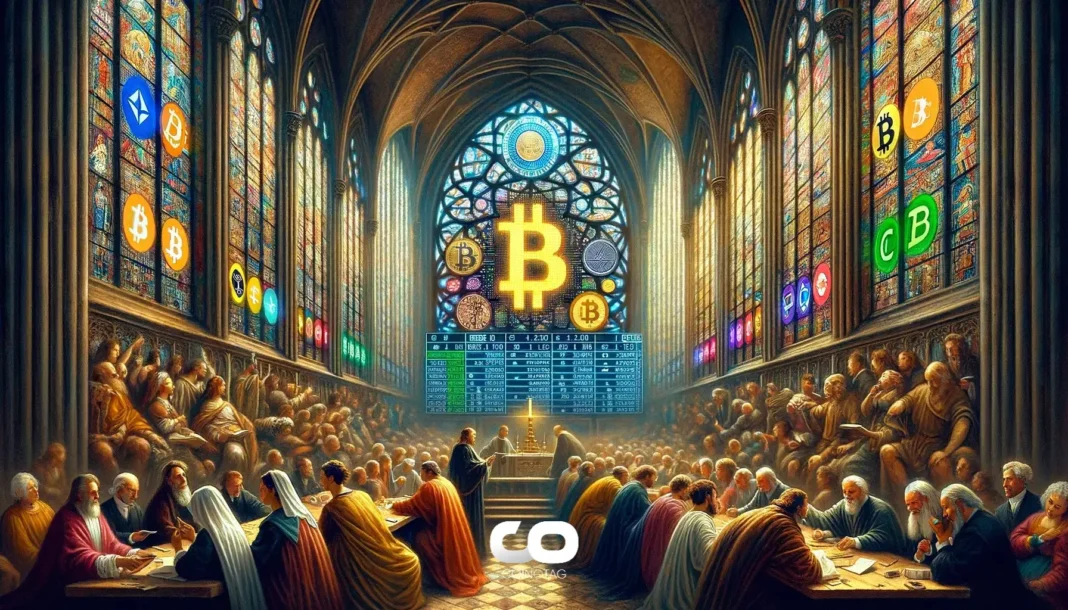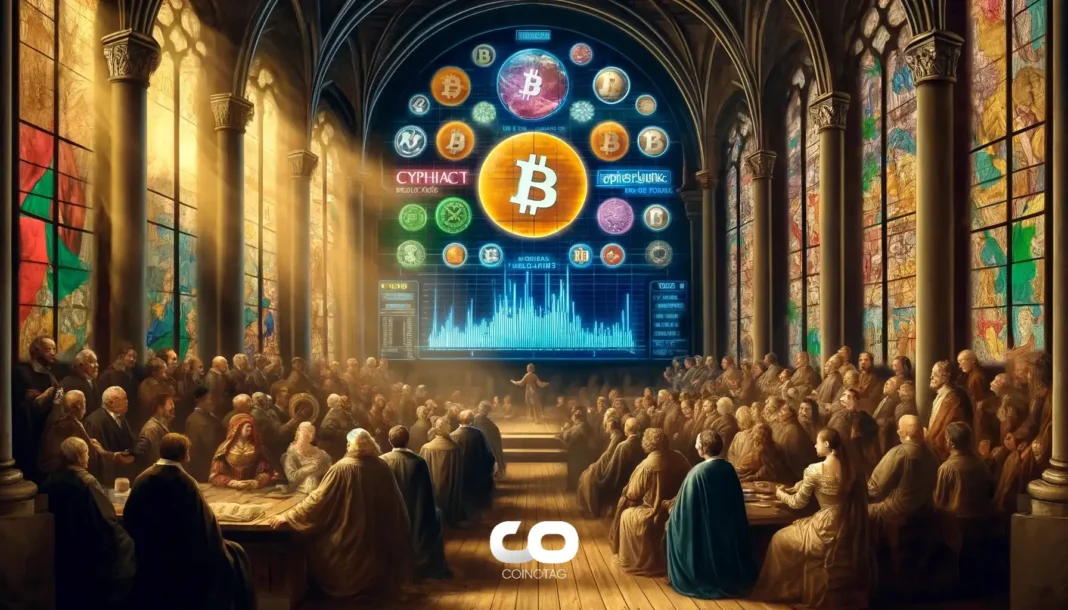-
Scams and capital outflows are reshaping the Solana ecosystem as recent memecoin projects falter, prompting investors to seek refuge in Ethereum and Arbitrum.
-
The monthly capital inflow into Solana has drastically decreased to -5.9%, a trend that, while concerning, could lead to a healthier ecosystem in the long run.
-
“This washout will end up being a very good thing long term,” says Aylo, a blockchain researcher, highlighting the need for improved standards and the removal of bad actors.
Capital outflows from Solana due to memecoin scams may ultimately benefit the blockchain, as users migrate to Ethereum and Arbitrum as safer alternatives.
Solana’s Struggles Amidst Memecoin Turmoil
The decline of Solana (SOL) has been marked by a sharp fall in user activity and significant capital outflows spurred by recent memecoin scams and insider schemes. Following the alarming rug pull activities within the Solana ecosystem, particularly concerning the recently launched Libra token, many investors have lost faith and are reallocating their investments to more stable networks like Ethereum and Arbitrum. The recent data indicates that over $7.7 million has moved from Solana to Arbitrum, while over $6.9 million shifted to Ethereum, as investors seek security amid volatility.
Understanding the Financial Impact of Memecoin Scams
Investors are feeling the consequences of these fraudulent schemes, especially those involving the Libra token, which resulted in a staggering loss of over $4 billion in market capital as insiders orchestrated a mass withdrawal of liquidity. The sentiment surrounding Solana’s MEME index has sharply turned negative, prompting a -5.9% monthly change in inflow, according to Glassnode. The ramifications extend beyond mere financial metrics, affecting user confidence and leading to a significant decline in active addresses—from 15.6 million in November 2024 to an average of just 9.5 million in February.
Potential Long-term Benefits from Current Declines
Despite the current downturn, some analysts suggest that the purge of bad actors may ultimately be beneficial for Solana. According to blockchain researcher Aylo, this “washout” is necessary for the ecosystem to mature, stating that “bad actors need to be removed” to allow for a more sustainable market. This mindset emphasizes the importance of healthy market conditions over speculation-driven investments. As these trends develop, Solana may emerge from its current challenges with a stronger foundation, better standards, and a more committed user base.
Future Outlook: Regaining User Trust
To rebuild trust, Solana must address its recent challenges head-on by implementing stricter regulations and enhancing security measures within its ecosystem. Educating investors about the risks associated with memecoins and promoting legitimate projects could encourage a healthier investment atmosphere. Furthermore, continuous technological advancements are crucial; Solana’s ability to innovate will dictate its recovery trajectory. Fostering community engagement to inform users about both risks and opportunities within the network is an essential next step.
Conclusion
In summary, while Solana currently faces challenges related to memecoin scams and declining user activity, the potential long-term benefits of removing bad actors and stabilizing the ecosystem cannot be overlooked. As investor confidence wanes, the migration of funds to Ethereum and Arbitrum underscores the need for Solana to adapt and evolve. Ultimately, implementing stronger regulations and promoting serious blockchain projects might pave the way for Solana’s recovery and future viability as a competitive player in the crypto market.






